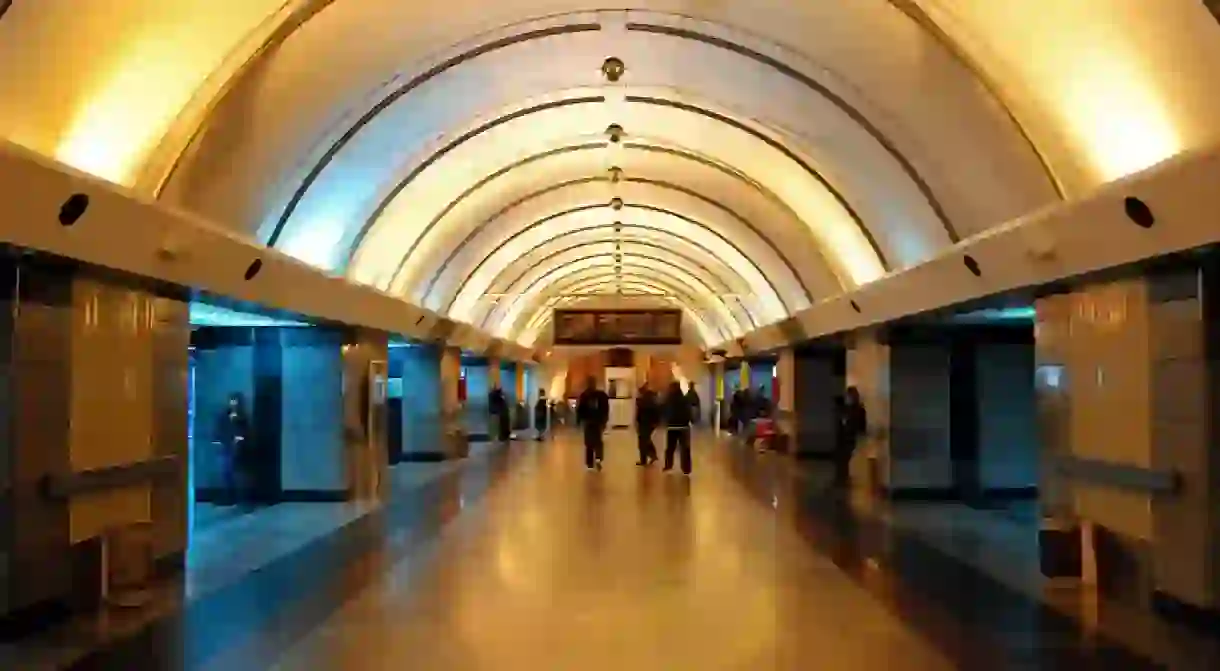Belgrade's Metro and 80 Years of Failure

We are among the loudest cheerleaders when it comes to the wonders of Belgrade, but the infuriating traffic of the city is something even we struggle with. The Serbian capital is Europe’s largest city without a rapid public transport system, but plans have been in place to build a metro for almost a century. This is the story of Belgrade’s failure to complete its metropolis.
The first plans in the 1930s
Plans were made to build a rapid public transport system long before Belgrade became the hulking city it is today, and long before ground was broken on the location of New Belgrade. Those plans came in the 1930s, and the original blueprints made space for three lines on the east of the rivers. One would run between Kralja Aleksandra and Zemun (on the other side), with an outer line running from Topčider to the Dunav railway station.
The centrepiece of the network was to run between Kalemegdan and Autokomanda, eventually connecting with the overground line all the way to Avala. This was to be the tourist line, and the experiences of visitors to Belgrade today would be exponentially better if this had come to pass. As it were, World War II kicked off and everything was put on hold.

Theory gets stuck in traffic
Immediately following World War II, the Yugoslav government was faced with the task of rebuilding its utterly destroyed capital city. While in hindsight this provided a good opportunity to build the metro, money and time were not in particularly great supply. The metro plans were put on hold until things had improved
Actual concrete plans began to come together in the 1960s, and much of the 1970s were spent consulting with experts from all over the world on the subject of rapid transport networks. One plan suggested a three-line network with 35 stations, while another was even more ambitious and wanted to spread out into the region.
The most ambitious idea of all was that the Soviet Union was going to pay for it all, ostensibly to pay off debts owed to Yugoslavia. It was Slovenia and Croatia (then constituent republics of Yugoslavia) who objected, putting the plan into a permanent state of postponement. The city began saving money (read: taxing citizens) in the hope of raising enough to build the system, but the Belgrade Metro had officially passed from being a possibility to an urban myth.

Decades of broken promises
As with many development projects in the city, the toxic mixture of money and politics has meant that the Belgrade Metro remains stuck in planning as the people of the city continue to get stuck in traffic. Two conventional metro stations were even built in 1995 (Vukov Spomenik and Karadjordjev Park), but that is as far as building went.
Belgrade settled into a familiar routine, with talk of a metro coming up every couple of years only to be shot down by corruption and a lack of enthusiasm from those in charge. The metro even became a project of national importance in the mid 2000s, but that did little to change the reality on the ground, or underground, as it were.

The future?
That routine continued in 2016, when it was announced that ground would be broken on the construction of the metro at the end of 2018. Will that happen? Most likely not, as many of the proposed lines run through the location of the hugely controversial Belgrade Waterfront project. In January of 2018 Alexander Vučić said that the metro will be completed by 2022, but nobody is holding their breath.
And so Belgrade, a city of some two million people, remains without a metro. The roads and roundabouts in the city centre are full of cars, buses, taxis and the rest all day long, with beeping horns more likely than flowing vehicles. If any city in Europe needs a metro it is the Serbian capital, but 80 years of failure suggest it isn’t going to materialise any time soon.














